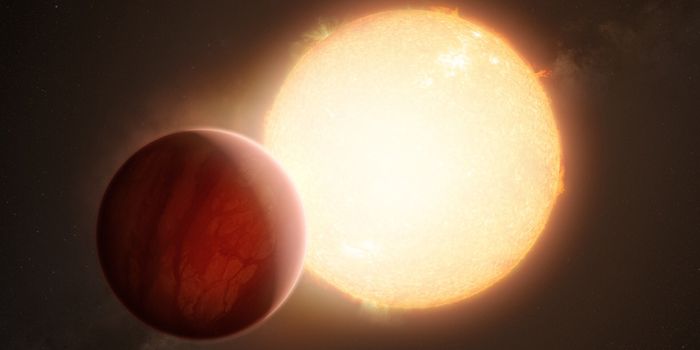Defining the "Colors" of Antimatter
Atoms of regular matters, such as hydrogen, can emit a distinct spectrum of lights when their electrons get excited and move between two different energy levels (officially known as "transitions"). Scientists have long asked the question: do the atoms of antimatters do the same?
In a study published in the journal Nature earlier this year, the ALPHA collaboration at the European Organization for Nuclear Research (CERN) confirmed the hypothesis, with their spectral measurments of incredible precision.
First, they made antihydrogen atoms by combining antiprotons and positrons (also known as antielectrons). Confined to the vacuum within a magnetic trap, antihydrogen were exposed to a beam of high-energy laser light. The atoms absorbed the energy, which resulted in electron transitions and the emission of a number of element-specific spectral series. The measured spectral profile was then compared with that of hydrogen atoms.
Compared to those from their 2016 study, the latest results from ALPHA takes antihydrogen spectroscopy to the next level. Using multiple laser frequencies that enables the measurement of the spectral shape (spread in colours) of the 1S-2S transition of antihydrogen, CERN scientists got a measurement of antihydrogen frequency 100 times more precise than two years ago.
Source: CERN via Youtube








